SAS' Bahar Biller and Xi Jiang use the example of a semiconductor manufacturing plant to illustrate the role of sensitivity analysis in assessing supply chain risk.
Uncategorized

Every year, I write a special article for Halloween in which I show a SAS programming TRICK that is a real TREAT! This year, the trick is to concatenate two strings into a single string in a way that guarantees you can always recover the original strings. I learned this
是否需繳交作業 2022類別 課程名稱 課程連結 V 進階 EG 開放資料分析一-以登革熱開放資料檢視地方防疫量能 第一堂 https://www.sas.com/zh_tw/events/21/academic/webinar/1109EG1.html V 進階 EG 開放資料分析一-以登革熱開放資料檢視地方防疫量能 第二堂 https://www.sas.com/zh_tw/events/21/academic/webinar/1110EG1.html V 進階 EG 開放資料分析二-以球隊開放資料進行整理與視覺化 第一堂 https://www.sas.com/zh_tw/events/21/academic/webinar/1116EG.html V 進階 EG 開放資料分析二-以球隊開放資料進行整理與視覺化 第二堂 https://www.sas.com/zh_tw/events/21/academic/webinar/1117EG.html V 進階 EM 潛在客戶預測-找出購買3C產品的潛在客戶 第一堂 https://www.sas.com/zh_tw/events/21/academic/webinar/1123EM1.html V 進階 EM 潛在客戶預測-找出購買3C產品的潛在客戶 第二堂 https://www.sas.com/zh_tw/events/21/academic/webinar/1124EM1.html V 進階 EM 以咖啡期貨、匯率、股價建立決策樹模型 https://www.sas.com/zh_tw/events/21/academic/webinar/1129EM.html V 進階 ODS 圖形設計程式-建立個人圖表模板
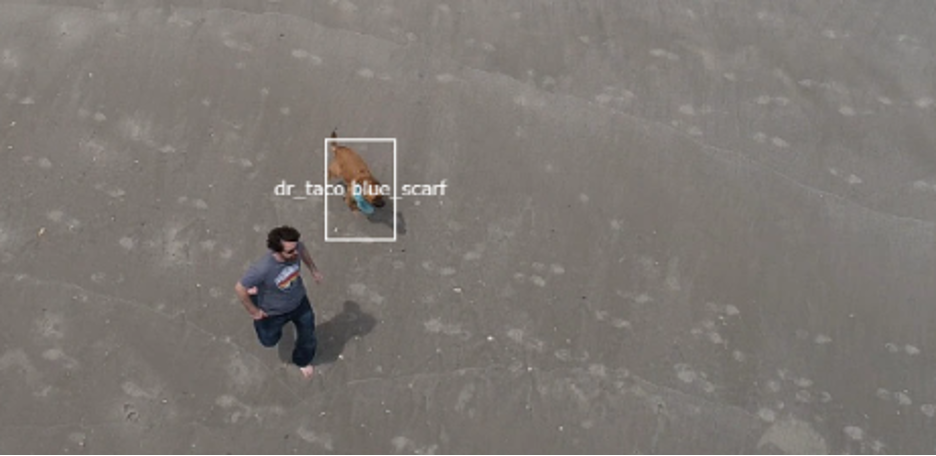
I will show you how to deploy multi-stage deep learning (DL) models in SAS Event Stream Processing (ESP) and leverage ESP on Edge via Docker containers to identify events of interest.
고객의 데이터를 분석하여 고객 성향 및 선호도를 이해하고, 이를 활용해 마케팅 업무를 효율화하고자 하는 노력은 90년대 데이터베이스 마케팅, 2000년대 분석 CRM, 최근의 퍼포먼스, 그로스 마케팅까지 계속적으로 진화하고 있습니다. 멀티채널에서 쏟아지는 고객의 온/오프라인 데이터를 통합, 분석하여 마이크로 타겟팅 마케팅은 기본적으로 고객 성향 예측 모형(Customer Propensity Model)을 기반으로 수행되고 있습니다. 디지털채널을 중심으로

Question: This neuroscientist and SAS Explore host is known for appearing on "Blossom," "The Big Bang Theory" and "Jeopardy." Answer: Who is Mayim Bialik, Ph.D.? Today, instead of Bialik quizzing us, I got to be the lucky one to quiz her on some of her favorite topics, like mental health,

Liv Boeree answers our questions about the game of poker – and life.
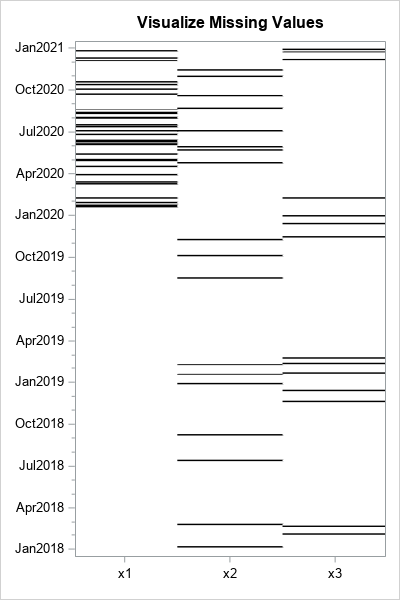
A SAS programmer asked how to create a graph that shows whether missing values in one variable are associated with certain values of another variable. For example, a patient who is supposed to monitor his blood glucose daily might have more missing measurements near holidays and in the summer months

Did you know some scientists theorize that lions and tigers can hypnotize their prey using infrasound in their growl? You don’t hear it, but you feel it in your gut. That is exactly the level of intensity you feel coming off Oz Perlman in waves if you catch a show
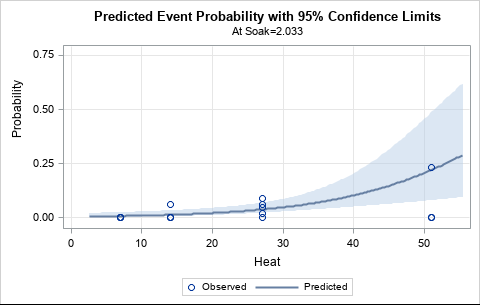
I recently gave a presentation about the SAS/IML matrix language in which I emphasized that a matrix language enables you to write complex analyses by using only a few lines of code. In the presentation, I used least squares regression as an example. One participant asked how many additional lines

Queens, New York native Ruben Santana is the owner and pit master of Bark Barbecue, a central Texas style and Dominican Republic influenced barbecue pop-up. Santana's DR roots and love for the art and soul of central Texas style barbecue have left many of his customer's hearts and bellies full. Bark
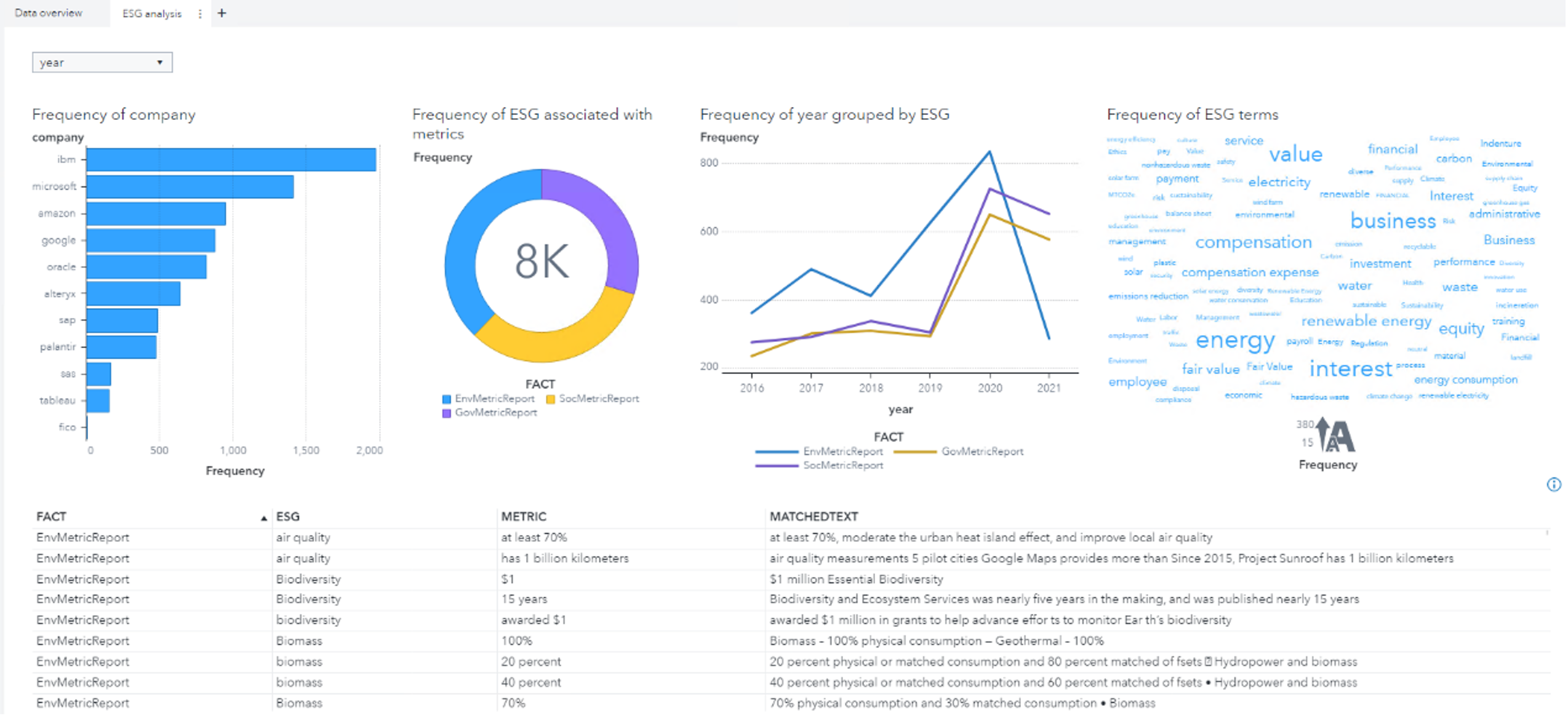
Using such features and Natural Language Processing capabilities like text parsing and information extraction in SAS Visual Text Analytics (VTA) helps us uncover emerging trends and unlock the value of unstructured text data.

If you’re a marketer, chances are you’ve heard about MadTech. But if you haven’t, don’t worry – it’s never too late to join the party. So let’s dive into what MadTech is, why it’s important, how we got here and three tips you can use to get ready for marketing

How can retailers start to navigate the current market volatility and risks and mitigate supply chain disruption?
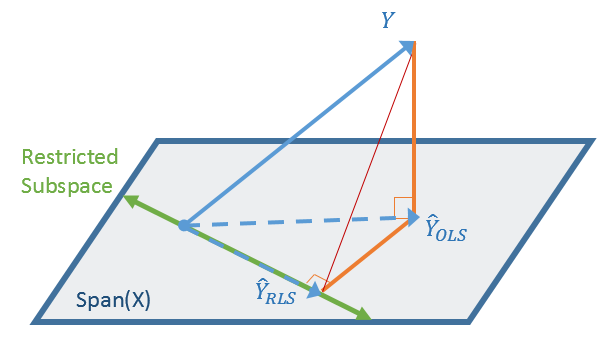
Recently, I needed to write a program that can provide a solution to a regression-type problem, even when the data are degenerate. Mathematically, the problem is an overdetermined linear system of equations X*b = y, where X is an n x p design matrix and y is an n x 1 vector. For most

For 22 years, SAS Championship week – full of golf and community events - has provided countless memories for fans and attendees young and old. Golfing legends have walked the fairways of Prestonwood Country Club each year, battling for one of the largest purses on the PGA Tour Champions. PGA tour

All students need hope at varying levels to graduate, especially those needing mental health support. Many students are still reacclimating to life after two years of COVID disruptions, on top of the usual anxiety that comes with beginning a new phase of life. New and unfamiliar surroundings, increased pressure of
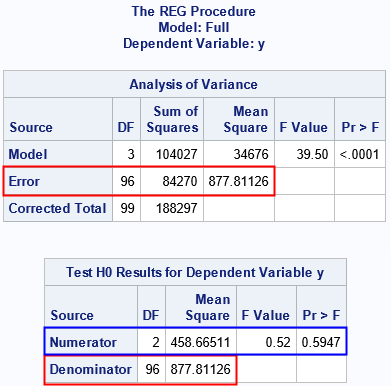
On a SAS discussion forum, a statistical programmer asked about how to understand the statistics that are displayed when you use the TEST statement in PROC REG (or other SAS regression procedures) to test for linear relationships between regression coefficients. The documentation for the TEST statement in PROC REG explains

While for many the experience of the pandemic provided clarity on the relationships they wanted to pare from their life, I’d like to challenge us to take a moment to see how we can expand, in a meaningful way, the relationships in which we share connection. In his book The

The first Friday in October is National Manufacturing Day. This day recognizes the importance of manufacturing to the global economy and spotlights career opportunities in modern manufacturing for students. Take a minute to enjoy this photo album from the event featuring SAS CEO Jim Goodnight, North Carolina Governor Roy Cooper,
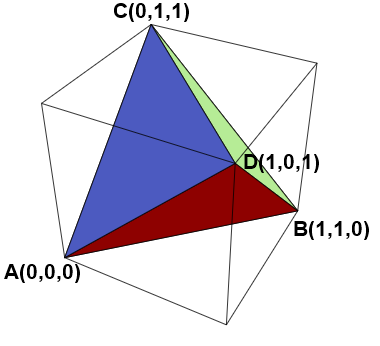
One of the benefits of social media is the opportunity to learn new things. Recently, I saw a post on Twitter that intrigued me. The tweet said that the expected volume of a random tetrahedron in the unit cube (in 3-D) is E[Volume] = 0.0138427757.... This number seems surprisingly small!

Have you ever typed your credit card into an online order form and been told that you entered the wrong number? Perhaps you wondered, "How do they know that the numbers I typed do not make a valid credit card number?" The answer is that credit card numbers and other

La analítica de datos es conocida porque permite detectar patrones y comportamientos para predecir situaciones. Gracias a ella, las instituciones tienen la capacidad de anticiparse a las necesidades de los ciudadanos y poder tomar decisiones. Otra de las aplicaciones que tiene para, por ejemplo, las marcas, es poder recomendar productos

Getting demand right – or getting it wrong – can have a significant impact on customer perceptions of your brand, particularly in this age of instant gratification. The need for agile, accurate demand planning has never been greater. Predicting forward-looking demand signals and shifting consumer demand patterns to recommend balanced, profitable commercial

To find exact duplicates, matching all string pairs is the simplest approach, but it is not a very efficient or sufficient technique. Using the MD5 or SHA-1 hash algorithms can get us a correct outcome with a faster speed, yet near-duplicates would still not be on the radar. Text similarity is useful for finding files that look alike. There are various approaches to this and each of them has its own way to define documents that are considered duplicates. Furthermore, the definition of duplicate documents has implications for the type of processing and the results produced. Below are some of the options. Using SAS Visual Text Analytics, you can customize and accomplish this task during your corpus analysis journey either with Python SWAT package or with PROC SQL in SAS.

A previous article discusses the definitions of three kinds of moments for a continuous probability distribution: raw moments, central moments, and standardized moments. These are defined in terms of integrals over the support of the distribution. Moments are connected to the familiar shape features of a distribution: the mean, variance,

Using SAS Viya in combination with open-source capabilities, we were able to develop an automated solution for logo detection that does not require any manual data labeling.

SAS is excited to announce our inaugural Customer Appreciation Awards. We want to give a big “thank you” and a round of applause to all our SAS customers and partners around the globe who help us change the world through analytics. We want to recognize a few of you for
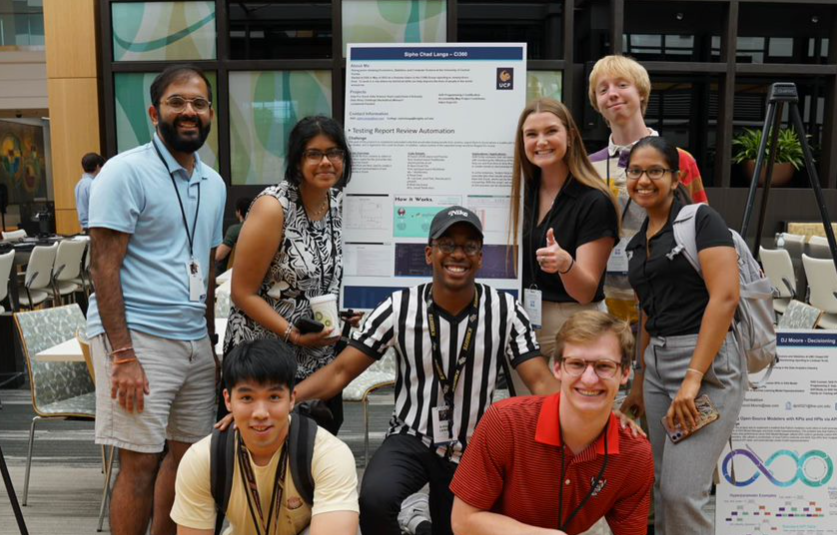
It was the summer of ’22. And in the words of Taylor Swift, “I remember it all too well” (Taylor’s version, of course). From mentoring opportunities, networking with top leaders and other interns, exploring our culture that promotes well-being and work-life integration to having meaningful work to gain real world

September honors Recovery Month, emphasizing hope for recovery in behavioral health, especially from substance use disorders (SUD). A key motto of Recovery Month is that Recovery Happens, helping people know that even at rock bottom, things can improve. We all need that hope at various points in our lives. Often,



















